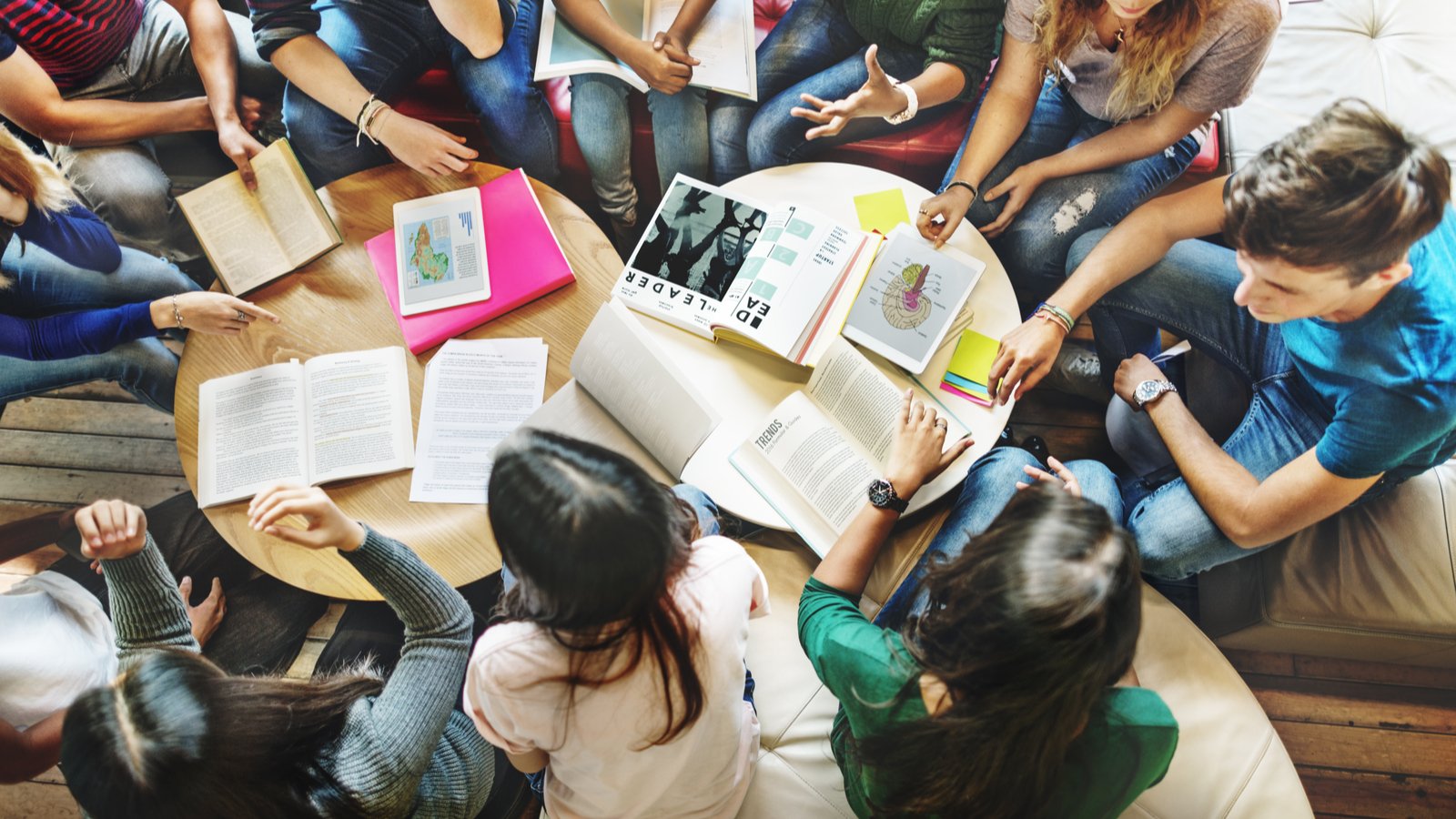
“Leslie Hu remembers the very day, a Thursday in March 2020, when her school, Dr. Martin Luther King Academic Middle School in San Francisco, received word from the district office that Friday would be the last day the school would be physically open until further notice due to the coronavirus epidemic. Without waiting for guidance, she and a few other staff members, “immediately went into overdrive to connect with as many families as possible,” she tells me.
Working late into the evening, the staff members made “wellness calls” to deliver messages of care and reassurance. “Our message was, ‘We are not abandoning you. What do you need? We still care,’ ” recallsHu, a community schools coordinator and social worker at the school.
The next day, they enlarged the circle of callers to other school staff members. By the following Wednesday, their wellness calls had reached nearly all of the 460 families with children at the school.
The outreach effort then expanded to more in-depth interview calls to stay connected to families handling the emergency. Within a month, they had reached out to every family.
Their efforts yielded critical information about how families were affected by the pandemic and what kinds of challenges they faced—such as, whether a breadwinner had lost a job, whether the household had access to the Internet, or whether the family was facing an eviction notice. They also conveyed critical information to help families navigate the crisis, including how to pick up Wi-Fi hotspots and devices from the district, where there were open food pantries, and which local nonprofit organizations and community agencies were providing support for dealing with financial and mental health issues.
“We knew there would be certain things our families probably needed,” Hu recalls. “But we didn’t make assumptions. We knew to ask open-ended questions.”
This outreach effort was so successful that, according to an article by the California Federation of Teachers, the San Francisco Board of Education used it as a model to create a districtwide plan to establish permanent “coordinated care teams” for reaching out to families and checking on their well-being.
Looking back, Hu describes their response as something that came about intuitively. She and her colleagues didn’t wait for directives from higher-ups. Instead, they relied on a well-practiced behavior of “co-creating,” as she put it, with colleagues in a school where leadership responsibilities are shared rather than hierarchical.
The actions Hu and her colleagues took are not unique—stories of educators and school staff members rising to address the challenges of the coronavirus pandemic abound. But rarely do these reports delve into what took place before the response to the crisis occurred. They do not mention, for example, whether there was a particular school culture inculcated among staff members that guided how they responded, or whether there were structures and systems put into place beforehand that were set in motion once the crisis emerged.
“The work that led to our wellness calls was due to an effort that took years,” Hu says, referring to the school’s decision in 2014 to transform its culture and operations to align with an approach known widely as community schools.
As Hu explains, “All the work the model requires you to do to build systems and structure to communicate with families paid off.”
So far in 2022, media outlets have promoted a prevailing narrative that the bonds between families and their public schools have become more strained than ever before, and that parents have taken on a more adversarial relationship with schools. Hu’s school, and others like it that are guided by the community schools model, may show what a successful relationship between parents and schools could look like.
When Hu was studying for a masters degree in social work, she became motivated to work with families in settings where they felt most comfortable, which she felt would be a school. For her first job as a social worker, she tried the San Francisco school district, and, fortunately, it was hiring.
Hu “became riveted” with community schools, because, she says, their approach builds “the infrastructure that embeds values in the fabric of the school.”
Read the full story here.